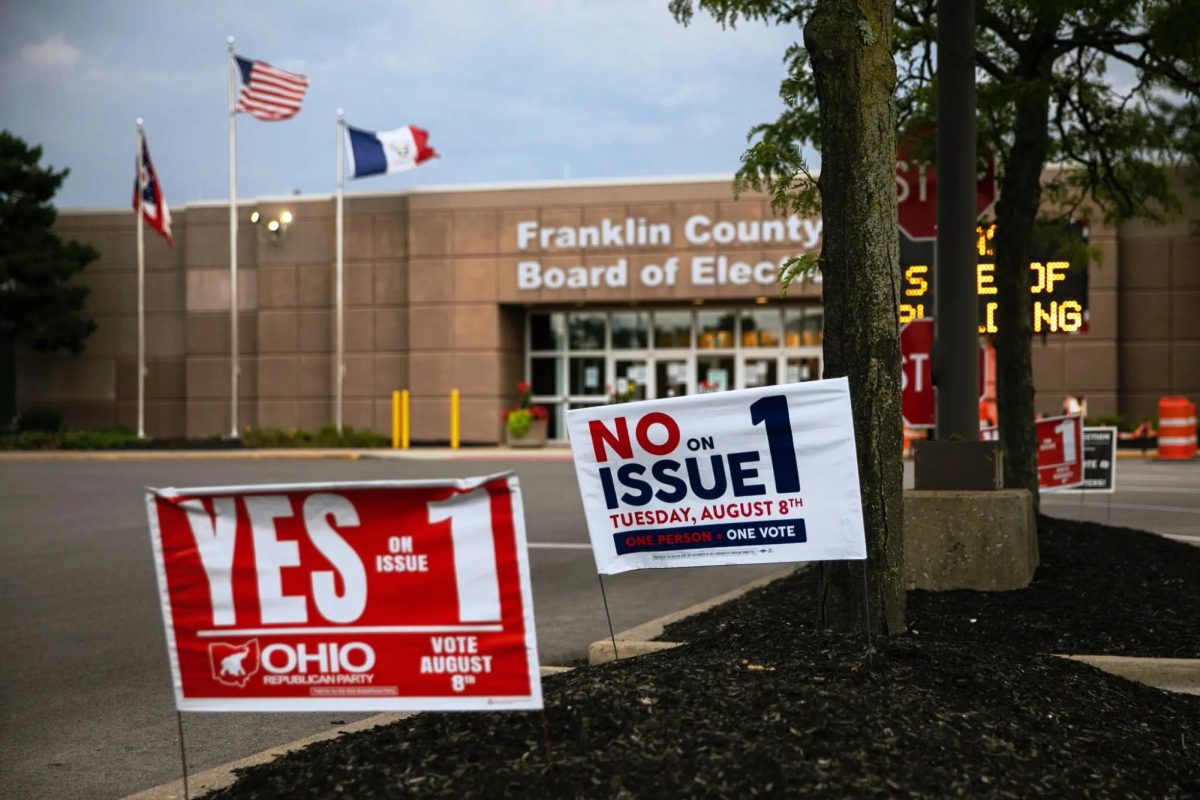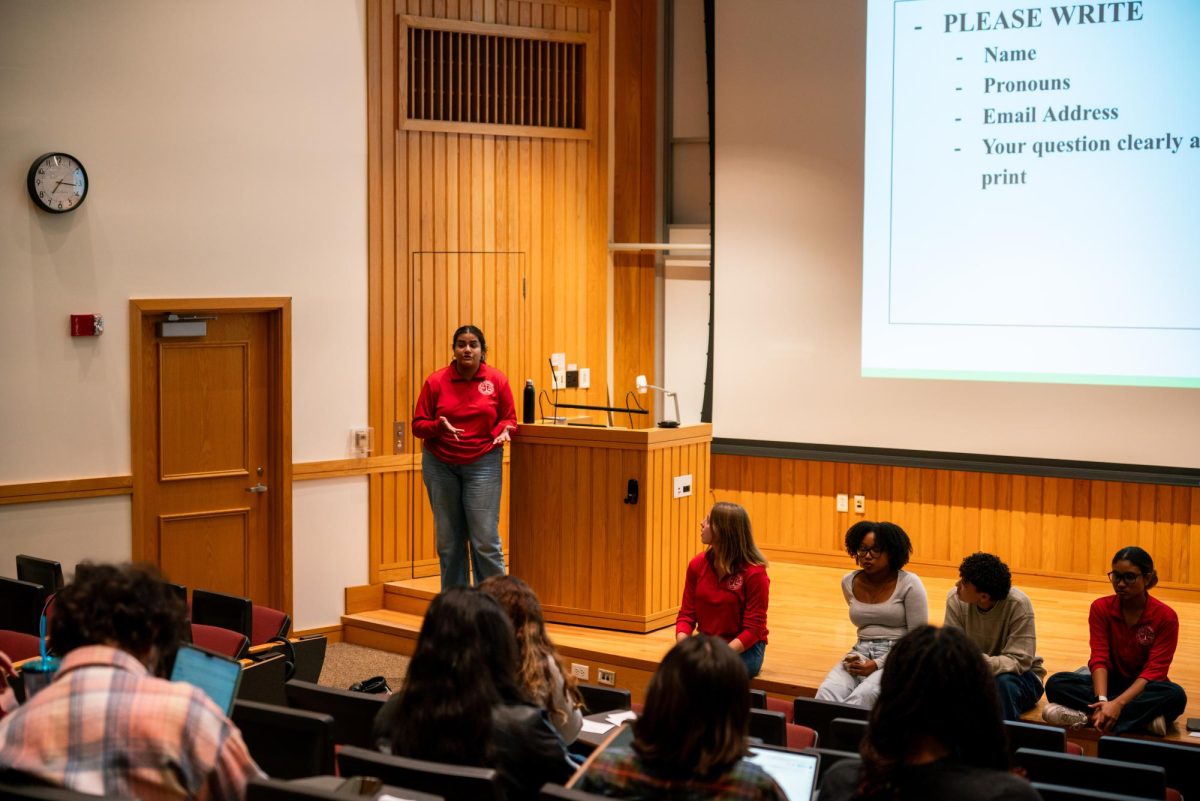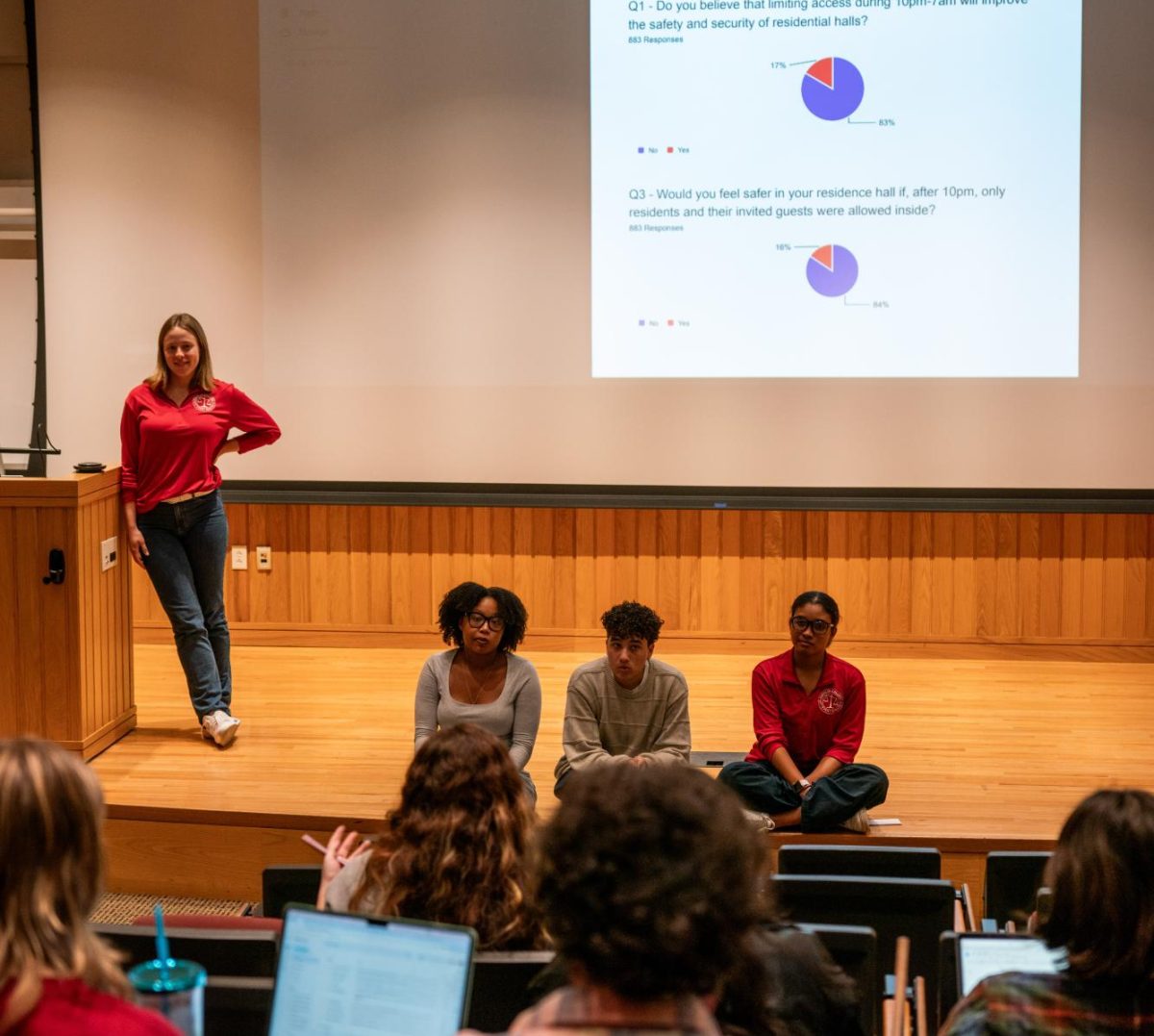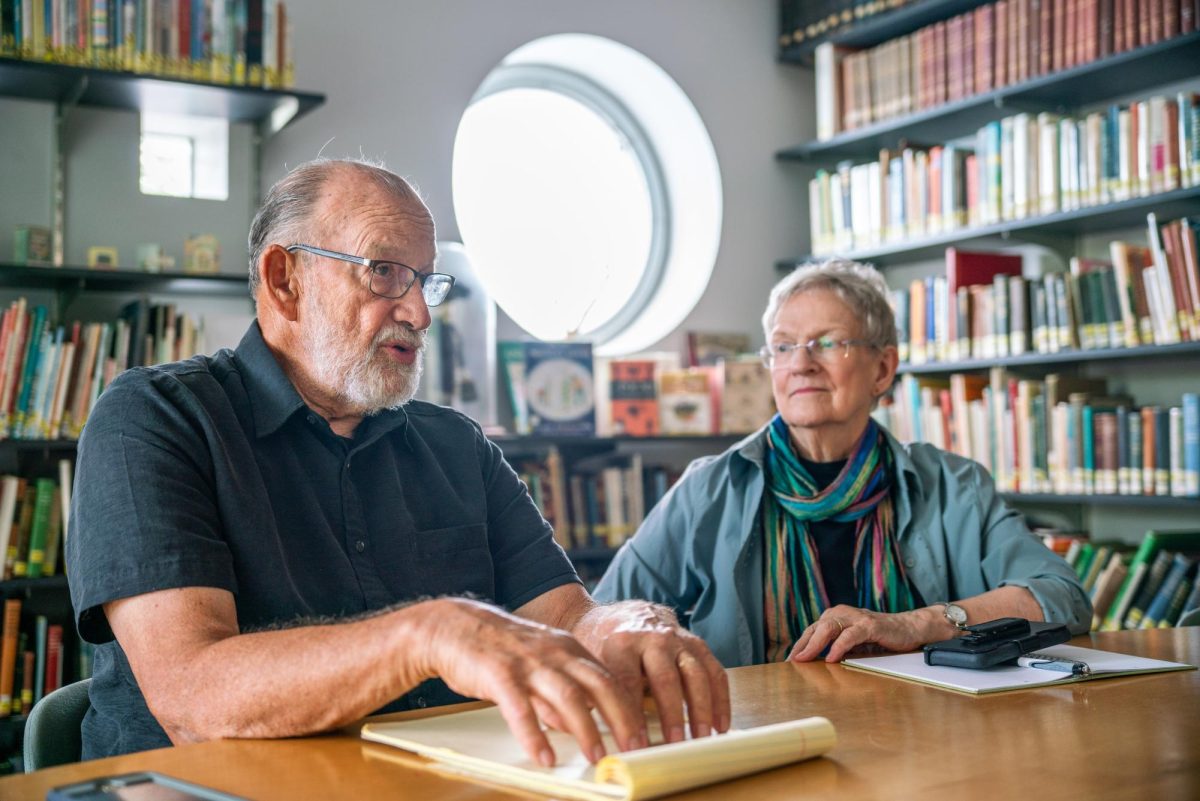On Aug. 8, Ohio voters rejected Issue 1, an amendment to the Ohio State Constitution proposed by the state legislature. The measure, which was defeated by a 14 percent margin, would have mandated a 60 percent vote requirement, rather than the current simple majority, to pass future constitutional amendments. Issue 1 would have also required citizen-initiated campaigns to collect signatures from all 88 Ohio counties, not just 44, to get a proposed amendment onto the ballot.
While Ohio Republican legislators initially denied that the August referendum on Issue 1 was about anything other than curtailing the influence of “out-of-state special interests” on the Ohio constitution, Republican Secretary of State Frank LaRose, who initially proposed the issue, publicly stated in May that the measure was “100 percent about keeping a radical, pro-abortion amendment out of our constitution.” This was in reference to a proposed constitutional amendment establishing a state-wide right to abortion that will appear on the ballot in Ohio’s Nov. 7 general election.
The widely acknowledged reality that August’s special election was an effort to impede an amendment establishing a right to abortion in Ohio fueled spirited campaigns on both sides of Issue 1, which drove unusually high turnout for a summertime special election. Based on unofficial results from the Ohio Secretary of State, 1,744,094 Ohioans voted against the proposed amendment, while 1,315,346 voted in favor.
In Lorain County, Issue 1 failed 53,834 votes to 31,832 votes, or 62.8 percent to 37.2 percent. Supporters of Issue 1 included the Ohio Republican Party, Ohio Chamber of Commerce, and Ohio Right to Life. Opponents included Lorain County Rising, the nonpartisan League of Women Voters, the Ohio ACLU, Ohio Physicians for Reproductive Rights, and Planned Parenthood Advocates of Ohio.
According to Executive Chairman of the Lorain County Republican Party David Arredondo, the Ohio GOP, which was banking on low August turnout, was out-campaigned by the opposition.
“Their message came out a full month before us — and what you want to do in politics is, you want to define your opponent before they define you,” Arredondo said. “They did very well with it through their media, and through their TV ads. And, you know, we couldn’t catch up.”
Most importantly, Arredondo argued, the “No” campaign was vastly out-spent.
“They had dark money,” Arredondo said. “Most of their money came from out of state; it wasn’t from Ohio. And so, they were able to get left-wing groups that contributed. They recognized that if Issue 1 passed, it would make it impossible to get their abortion issue on the November ballot.”
The official “Yes” campaign, called Protect Our Constitution, only raised around a third of the “No” campaign’s funds — $4.9 million to the opposition’s $14.8 million, according to campaign finance reports. The opposition, One Person One Vote, received around 85 percent of their funding from donors outside Ohio, most notably $2.5 million from the left-leaning dark money group Sixteen Thirty Fund and $1.9 million from the California-based Tides Foundation. Protect Our Constitution received 82.5 percent of its funding in the form of a $4 million donation from Illinois billionaire Richard Uihlein.
These campaigns don’t seem to have resisted the influence of monied special interest groups. However, Executive Director of the League of Women Voters of Ohio Jen Miller argues that the passage of Issue 1 would have only given large spenders more sway over elections.
“Good government groups, like the League of Women Voters, have been trying to get the Ohio legislature to update campaign finance laws to reduce dark money influence in elections, to no avail,” Miller said. “We were firmly opposed to Issue 1 in August, because it would mean that only deep-pocketed groups would be able to have successful constitutional amendment campaigns — that it actually would make it cost more … and make it impossible for groups like the League of Women Voters, that would rely primarily on volunteers, to get on the ballot.”
Nevertheless, Arredondo maintained that Issue 1 ought to have passed, regardless of what the best strategy for minimizing outside influence in Ohio campaigns may be in the name of holding the Ohio Constitution to the same standard as the U.S. Constitution, which requires a two-thirds vote in each house of the U.S. Congress to ratify an amendment.
“In 240-some years, the Constitution has only been amended 17 times, because it just is not easy to do,” Arredondo said. “It’s not a direct democracy, which is what the No people were making out … that’s not what a constitution is supposed to be.”
Miller takes a different view of a citizen’s role in altering their state constitution.
“You have a constitution as a people’s document,” Miller said. “It’s supposed to be a living document that can be changed, and we know in the past that many issues that are very positive have not passed by 60 percent, like bond initiatives for infrastructure improvements across all counties, integrating the Ohio National Guard with people of color and women, and even protecting the Ohio Constitution from monopolies.”
In Oberlin, students also played a role in voting. According to Lili Sandler of Lorain County Rising, 70 percent of students who requested absentee ballots turned theirs in. Sandler noted that since August, special elections are “notoriously poor for turnout,” and discussed her efforts within the county.
“I led the canvassing that happened in the county, getting people to knock on doors and getting yard signs out and literature,” Sandler said.
Arredondo and Sandler both look forward to November when Ohio voters will decide on a constitutional amendment to protect abortion rights.
Sandler hopes that the majority of Ohians will vote yes, to amend the state constitution to codify reproductive rights. Sandler says that a yes vote will “restore everything that we lost with the Dobbs decision last year.”
Arredondo expressed that a priority for the Lorain GOP going into the November election is passing the 7-district plan, which would replace the three-member Lorain County Board of Commissioners with seven county council members, each one elected from a Lorain County district with roughly 45,000 members.
“We want to be more responsive to not just our voters, but Independents and Democrats, to show that we can have more than just three Republicans or three Democrats, which has been the norm for a number of years,” Arredondo said. “We’ve got all three commission seats, so it’s fine if we were still able to control the commission with four or five commissioners and then still allow Democrats to have a voice in government.”





